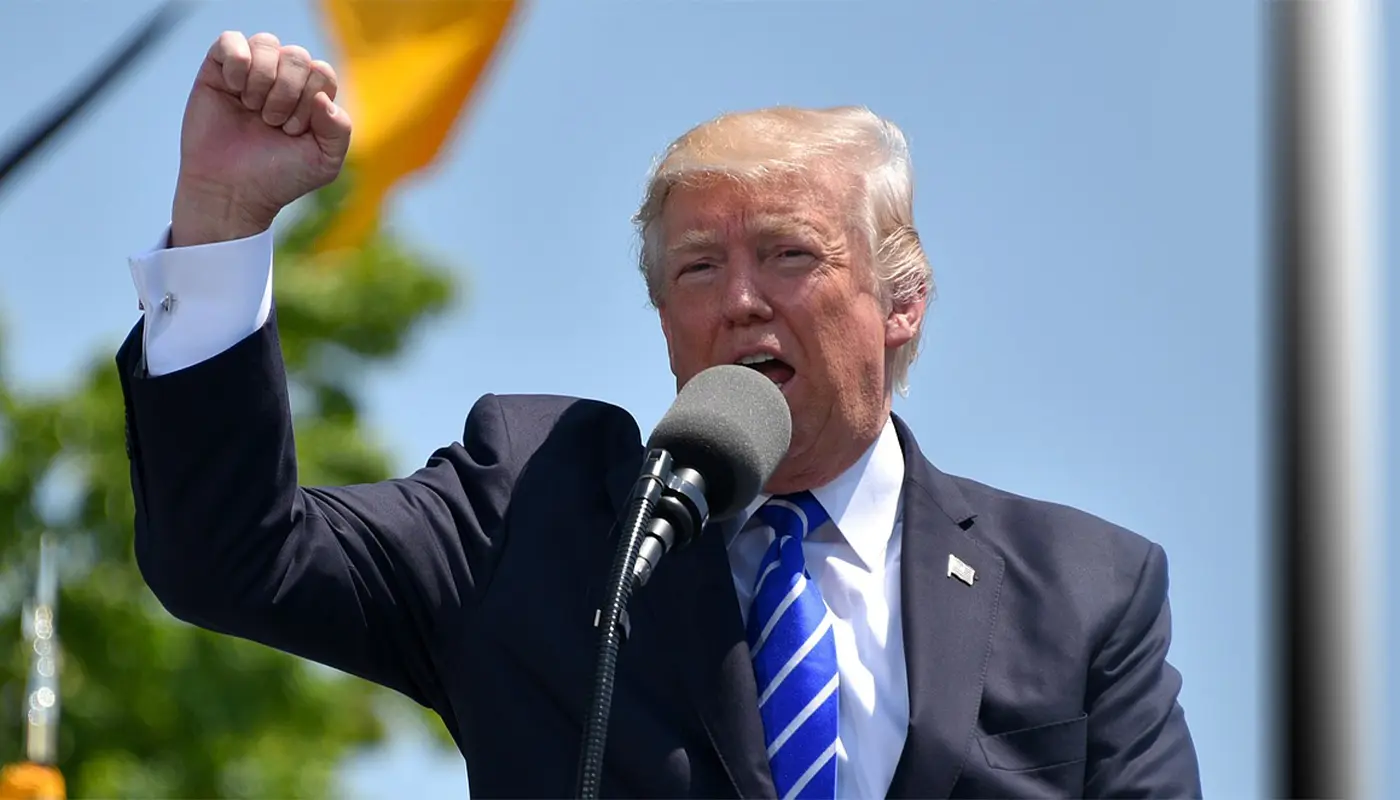BRUSSELS – The United States is set to impose a sweeping 30% tariff on a wide range of European Union (EU) goods starting August 1, escalating tensions between two of the world’s largest trading blocs.
Announced by President Donald Trump, the measure is being framed as a response to persistent trade imbalances, national security concerns, and alleged evasion of previous import duties by certain European exporters. The new tariff rate marks a dramatic increase from the current average of 3–5%, with some goods previously facing as little as 1% duty.
“Europe has taken advantage of American workers for far too long,” Trump said during a rally in Ohio. “We’re finally making our trade deals fair and putting America first again.”
EU Seeks Dialogue, Warns of Proportionate Countermeasures
European Commission President Ursula von der Leyen responded swiftly, urging dialogue but warning of a measured response if the U.S. fails to step back before the deadline.
“The European Union remains open to negotiations until August 1, but we will not hesitate to defend our economic interests if needed,” von der Leyen said in Brussels.
According to Commission officials, the EU is reviewing options that include:
- Targeted retaliatory tariffs on up to €93 billion worth of U.S. exports,
- Measures under the EU Anti-Coercion Instrument, allowing rapid response to unilateral pressure,
- Dispute proceedings at the World Trade Organization (WTO).
Affected Sectors
Industries expected to be the hardest hit include:
- European automotive and aerospace, including major German and French manufacturers,
- Wine, cheese, and luxury goods from Italy and France,
- Pharmaceutical and medical technology products,
- Machinery, electronics, and green technology components.
On the U.S. side, countermeasures may hit agriculture, tech, and financial services—all major export sectors vulnerable to EU tariffs.
Global Implications
The announcement comes amid renewed U.S. trade friction not only with Europe, but also with Mexico, which faces similar 30% duties on key exports. Market analysts warn that the tariff hike could destabilize global supply chains, dampen investor confidence, and trigger currency volatility—especially if retaliatory measures materialize.
European leaders including French President Emmanuel Macron, German Chancellor Mario Reiche, and Italian Prime Minister Giorgia Meloni have all endorsed a unified EU response and called for de-escalation through diplomacy.
“We’ve been here before. Europe must not blink in the face of protectionism,” Macron stated during a press briefing.
Meanwhile, business groups on both sides of the Atlantic are urging both governments to find common ground before the August 1 implementation date.
Timeline
- July 10: Trump administration announces 30% tariff hike.
- July 11–15: EU Trade Commissioner to consult member states.
- Late July: Possible EU ministerial meeting to finalise countermeasures.
- August 1: Tariffs take effect unless a new agreement is reached.





